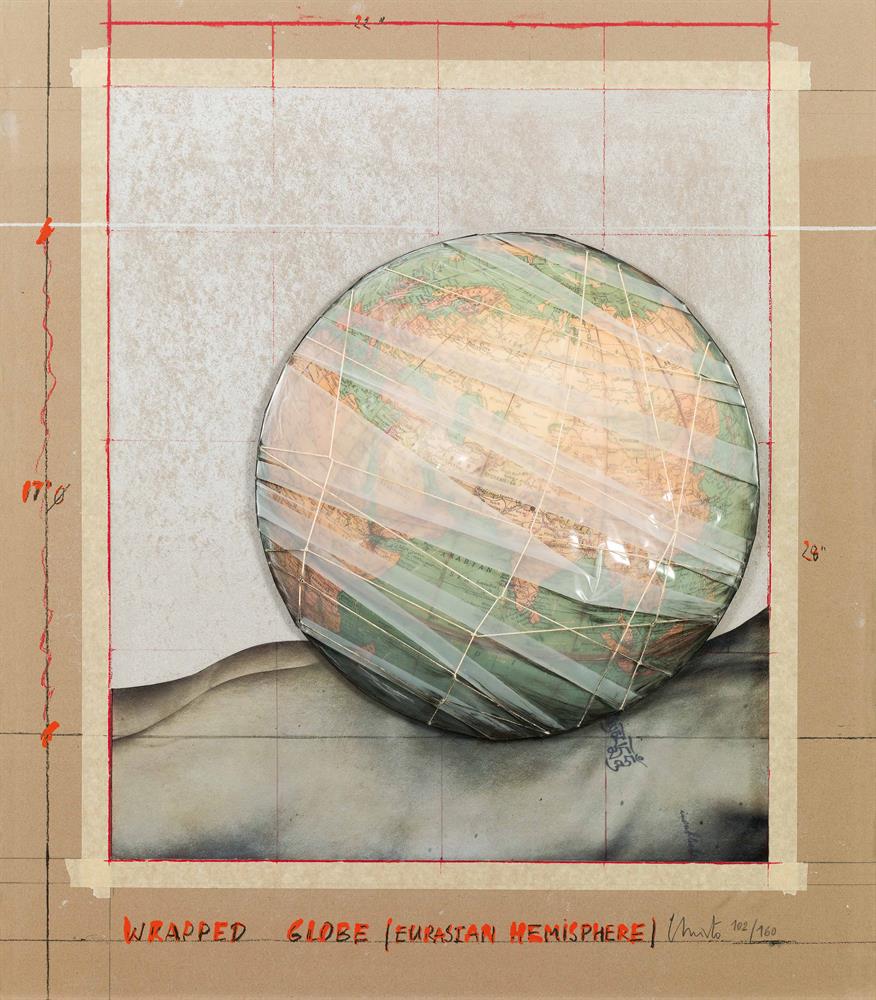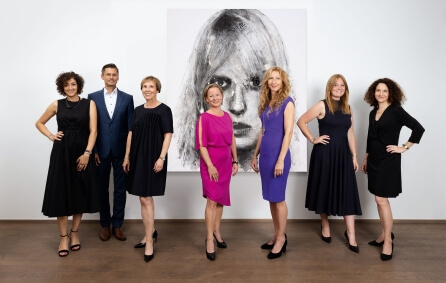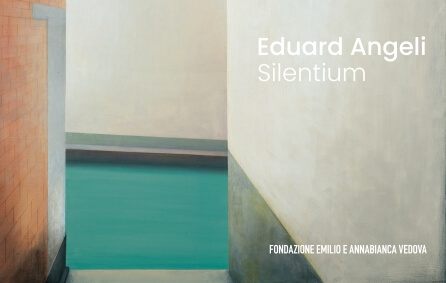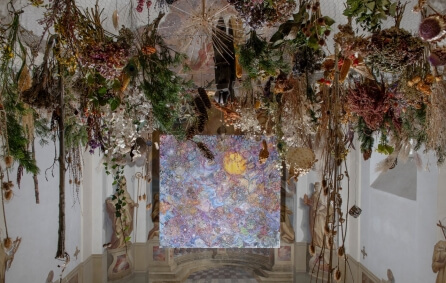
Christo
(Gabrowo 1935)
The following artworks are for sale


Christo Wrapped Snoopy House 2004
Biography

Christo was born as Christo Vladimirov Javacheff in Gabrovo, Bulgaria, in 1935. He studied at the Art Academy in Sofia from 1953 to 1956, moved briefly to the Vienna Academy in 1957, and in 1958 moved to Paris, where he was in close contact with Pierre Restany, Yves Klein and the "Nouveau Réalisme" group they founded. Here he also met his wife Jeanne-Claude and together they functioned from then on as a congenial artist duo. From the beginning, Christo worked with smaller, wrapped objects made from everyday objects, and later the couple produced larger-than-life outdoor installations. By surrounding objects with monochromatic, silky fabrics, they reduced them to their simplest aesthetic appearance of form and color. The veiling and alienation caused by the fabric challenges the viewer to perceive the objects or buildings beneath and the space in which they exist in their novel sculptural quality. Although the majority of her oeuvre consists of small, two-dimensional works - preparatory drawings, models and studies - the true intention is to plan and execute monumental works. Coastlines, streets, landmarks and national monuments on various continents have been covered by the artist couple in more than four decades in 23 elaborately realized installations; installations with barrels, umbrellas or floating textile surfaces are also among their highly acclaimed works. The couple financed these extremely costly projects exclusively through the sale of preparatory drawings, sketches, (print) graphics and multiples. After the death of his wife in 2009, Christo continued the projects that were still planned together. On May 31, 2020, he died unexpectedly shortly before his 85th birthday, without being able to witness the spectacular wrapping of the Paris "Arc de Triomphe."
Apart from the already sensational technical effort involved in the wrapping of popular buildings such as the German Reichstag, the Kunsthalle in Bern or the Pont Neuf in Paris, what is actually moving about these installations is their ephemeral character. Whether it is a matter of wrapping well-known buildings, floating piers or island enclosures made of fabric, a curtain of gigantic dimensions or the erection of 3100 yellow umbrellas in two countries: the aim is always to evoke the need to look at something that is known and familiar, but which is completely changed for a precisely limited period of time, until it is restored to its accustomed state at the end of this period. Habits of seeing and using are irritated and disturbed; the pair deliberately chooses mainly places that are densely frequented by people and whose appearance is familiar to a broad mass of people, in order to unhinge their expectations.



